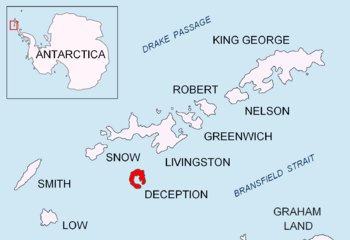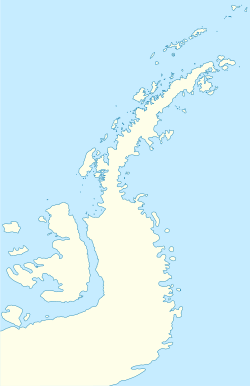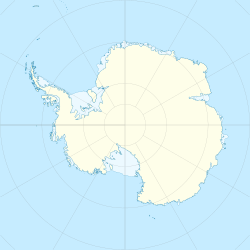Låvebrua Island facts for kids

Location of Deception Island in the South Shetland Islands
|
|
|
Location of Låvebrua Island
|
|
| Geography | |
|---|---|
| Location | Antarctica |
| Coordinates | 63°01′20″S 60°34′40″W / 63.02222°S 60.57778°W |
| Highest elevation | 95 m (312 ft) |
| Administration | |
| Administered under the Antarctic Treaty System | |
| Demographics | |
| Population | Uninhabited |
Låvebrua Island is a small island located near Deception Island in Antarctica. It stands about 95 meters (312 feet) tall. This island is part of the South Shetland Islands, a group of islands off the coast of the Antarctic continent. It lies about 1.3 kilometers (0.7 nautical miles) east of a place called South Point.
Contents
Discovering Låvebrua Island
Who Found Låvebrua Island?
The island was first mapped by a British group led by Henry Foster. This expedition explored the area between 1828 and 1831. Their work helped create early maps of this part of Antarctica.
How Låvebrua Island Got Its Name
The name Låvebrua was given by Norwegian whalers. These whalers were working from Deception Island in the early 1900s. The name was already in use by 1927.
The word Låvebrua is Norwegian. It literally means "threshing floor bridge" or "barn bridge." But for the whalers, it had a special meaning. It was a slang term for the sloped ramp, or slipway, used in whaling factories. This ramp allowed them to pull whales up from the sea onto the land for processing. The island likely reminded them of these ramps.
Where is Låvebrua Island?
Låvebrua Island is located in the South Shetland Islands. This group of islands is found off the northern tip of the Antarctic Peninsula. The island is very close to Deception Island, which is a unique, ring-shaped island that is actually an active volcano.
What is the Antarctic Treaty System?
Even though Låvebrua Island is uninhabited, it falls under the Antarctic Treaty System. This is an international agreement signed by many countries. It ensures that Antarctica is used only for peaceful purposes, like scientific research. It also protects the environment of Antarctica. No single country owns Låvebrua Island or any part of Antarctica.



